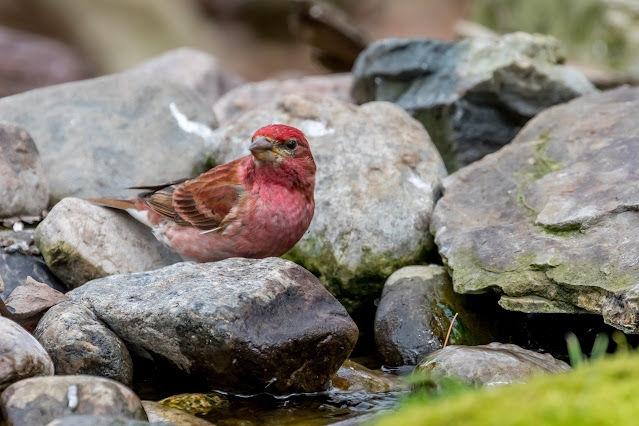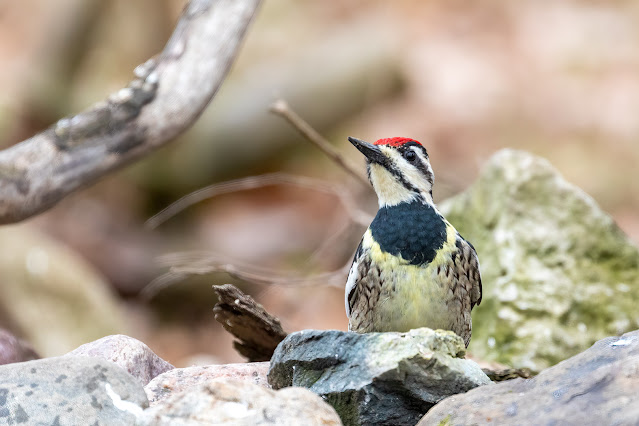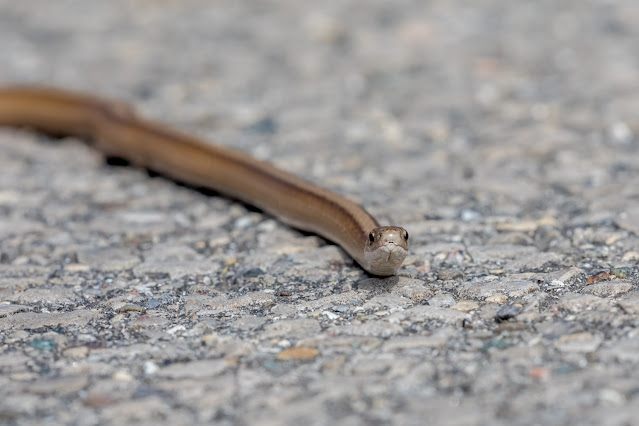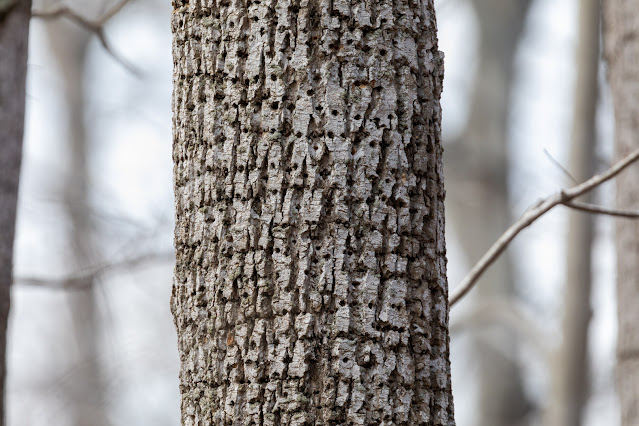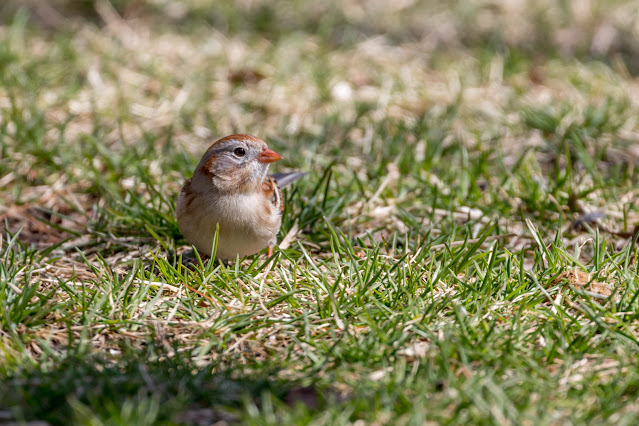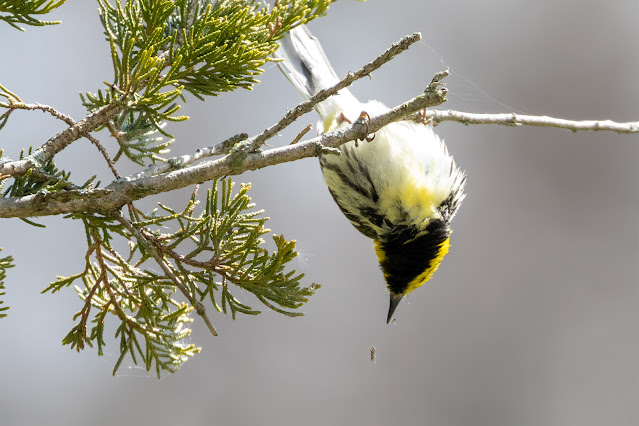Eastern screech owl

Rondeau Provincial Park, April 28, 2021. Red phase screech, until now I've only seen grey. Snuggled up tight to the trunk of an eastern white pine. Megascops asio Nestling screech-owls fight fiercely among themselves for food, and sometimes even kill their smallest sibling. This behavior, known as siblicide, is not uncommon among birds such as hawks, owls, and herons, and is often a result of poor breeding conditions in a given year. Source -Cornell Lab of Ornithology- All About Birds



